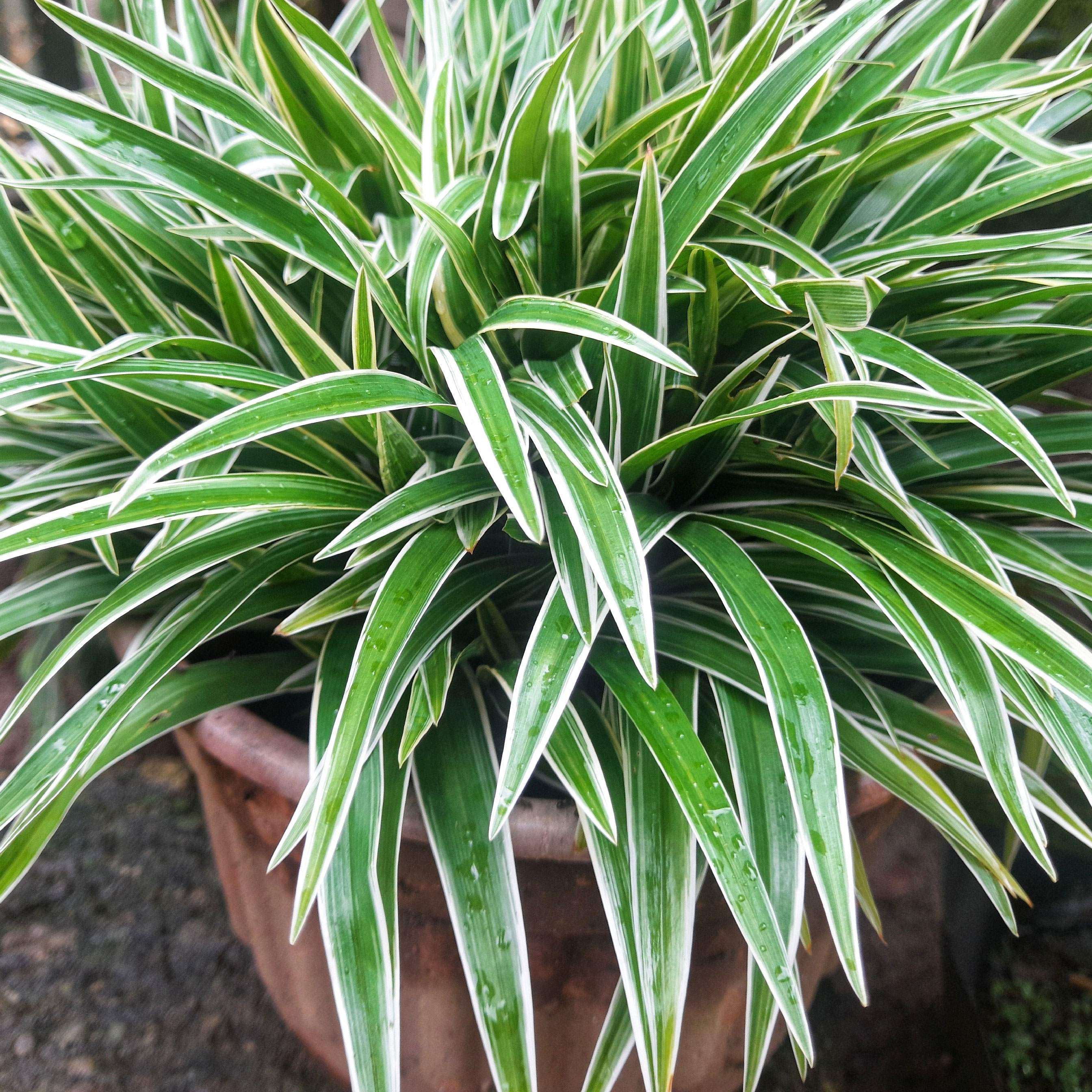Apricot Texas Root Rot – Treating Apricots With Cotton Root Rot
One of the most significant diseases to attack apricots in the southwestern United States, is apricot cotton root rot, also referred to as apricot Texas root rot, due to the prevalence of the disease in that state. Cotton root rot of apricots afflicts one of the largest groups of dicotyledonous (plants with two initial cotyledons) trees and shrubs of any other fungal disease.
Symptoms of Apricots with Cotton Root Rot
Apricot cotton root rot is caused by the soil-borne fungus Phymatotrichopsis omnivore, which exists in three distinct forms: rhizomorph, sclerotia and spore mats, and conidia. Symptoms of apricots with cotton root rot are most likely from June through September when soil temps are 82 degrees F. (28 C.). Initial symptoms are yellowing or bronzing of foliage followed by rapid wilting of leaves. By the third day of infection, wilting is followed by leaf death and yet the leaves remain attached to the plant. Eventually, the tree will succumb to the disease and die. By the time above ground evidence of the disease is seen, the roots are already extensively diseased. Often bronzed wooly strands of fungi can be seen on the surface of the roots. The bark of apricots with cotton root rot may look decayed. A tell-tale sign of this disease is the production of spore mats that form on the soil surface near dead or dying plants. These mats are round areas of a white mold growth that turns tan in color after a few days.
Apricot Texas Root Rot Control
Cotton root rot of apricots is difficult to control. The fungus lives in the soil and moves freely from plant to plant. It can survive deep in the soil for years, which makes it particularly difficult to control. Use of fungicides and soil fumigation are futile. It often infiltrates cotton plantations and will survive long after the crop has been decimated. So, avoid planting apricot trees on land that has cultivated cotton. This fungal disease is indigenous to the alkaline, low organic soil of the southwestern United States and into central and northern Mexico, areas where the soil has a high pH and little to no risk of freezing which could kill off the fungus. To combat the fungus, increase the content of organic matter and acidify the soil. The best strategy is to identify the area that is infested with the fungus and plant only crops, trees, and shrubs that are not susceptible to the disease.
Gardening tips, videos, info and more delivered right to your inbox!
Sign up for the Gardening Know How newsletter today and receive a free copy of our e-book "How to Grow Delicious Tomatoes".

Amy Grant has been gardening for 30 years and writing for 15. A professional chef and caterer, Amy's area of expertise is culinary gardening.
-
 Want To Know How To Make A Spider Plant Bushier? 4 Secrets For Lush & Bushy Spiders
Want To Know How To Make A Spider Plant Bushier? 4 Secrets For Lush & Bushy SpidersAre you looking for ways to make your spider plant look bigger or more dramatic? Follow these quick and easy tips on how to make a spider plant bushier
By Teo Spengler
-
 What Is A Pollinator Garden? Grow Gorgeous Blooms While Benefiting Your Local Ecosystem
What Is A Pollinator Garden? Grow Gorgeous Blooms While Benefiting Your Local EcosystemPollinator gardens look great and also provide a diverse ecosystem that benefits your local pollinating insects and animals. Get started today with this guide!
By Bonnie L. Grant